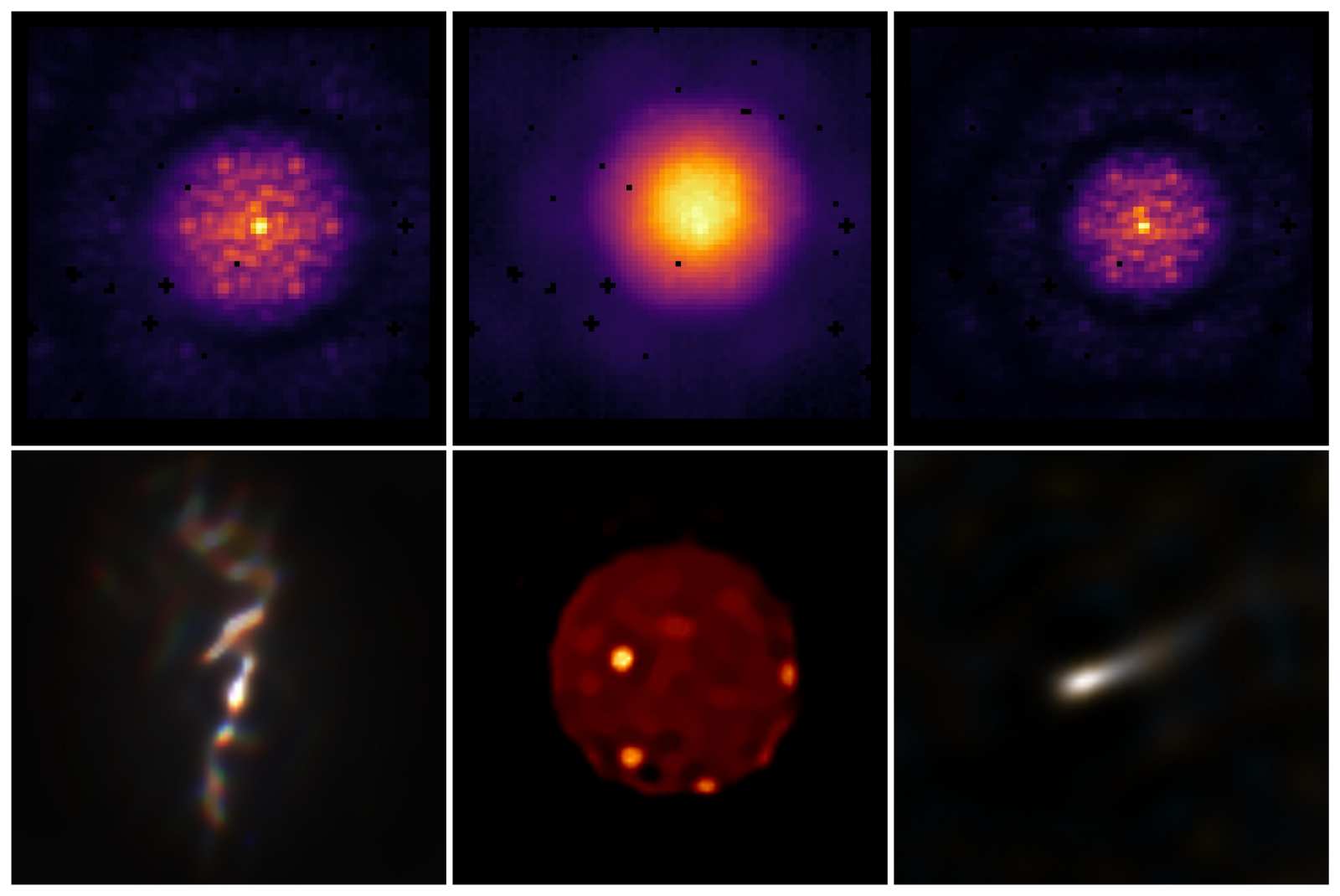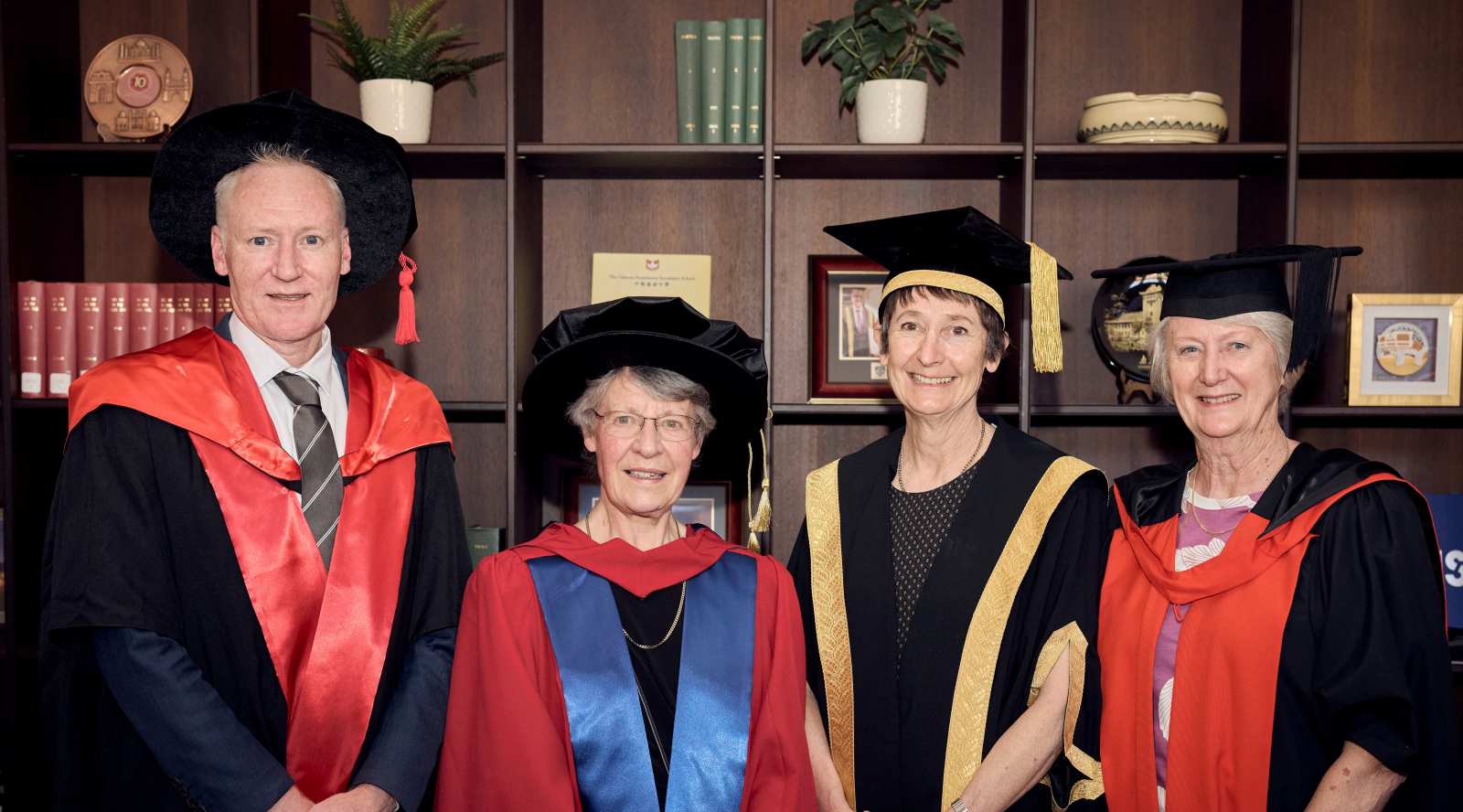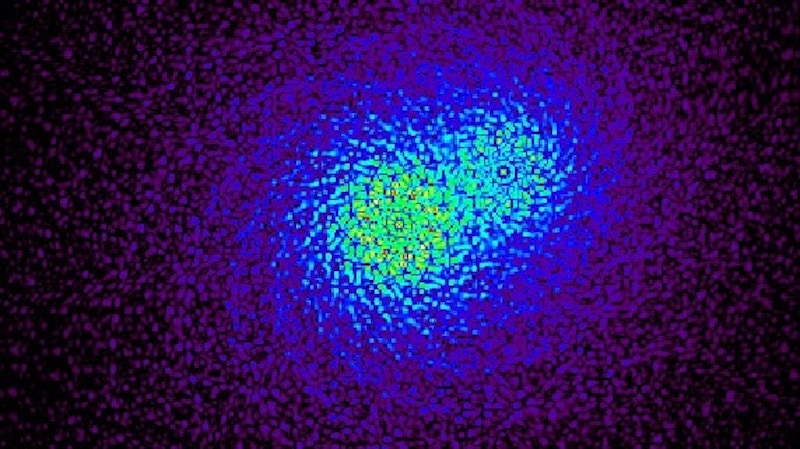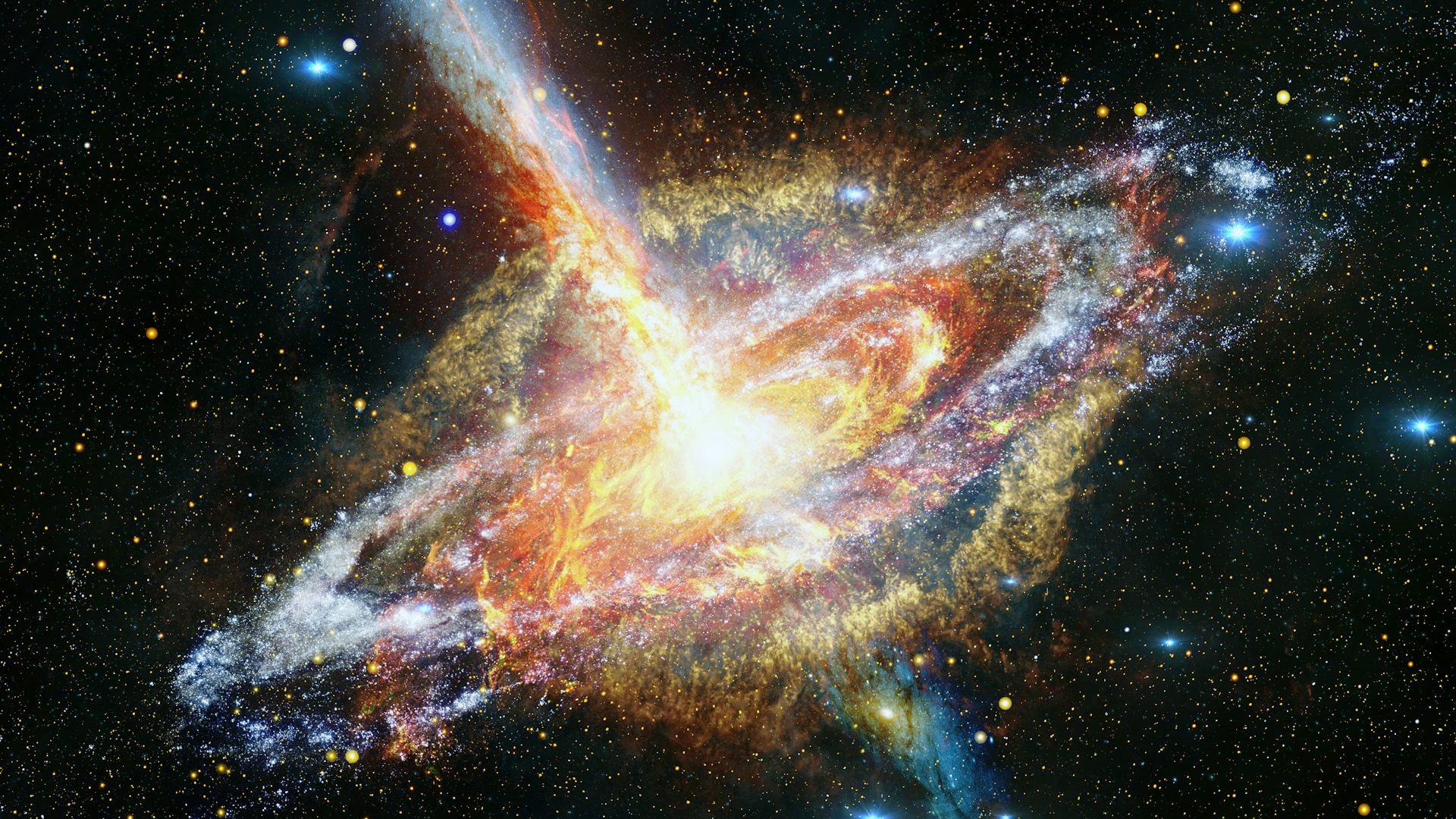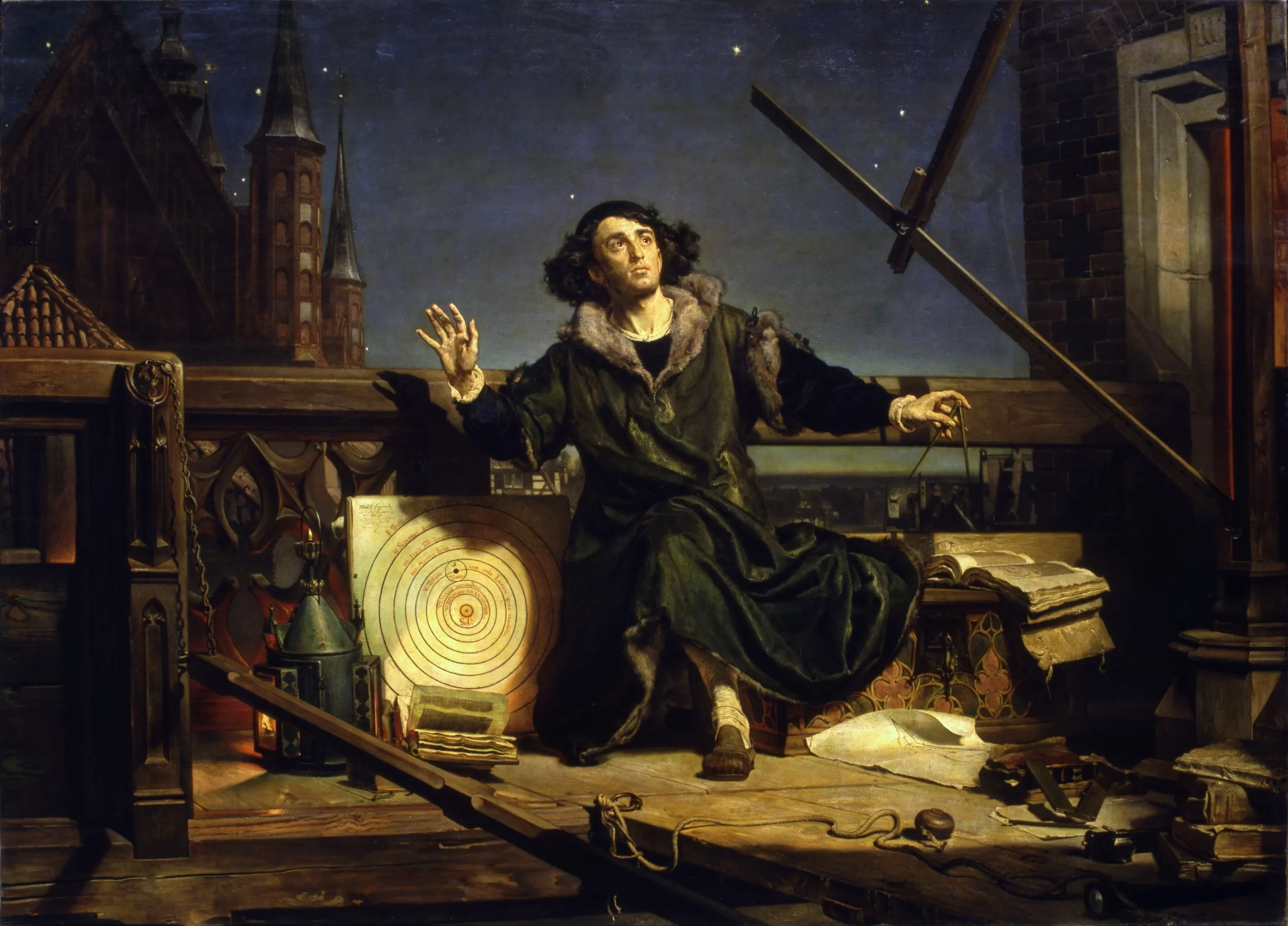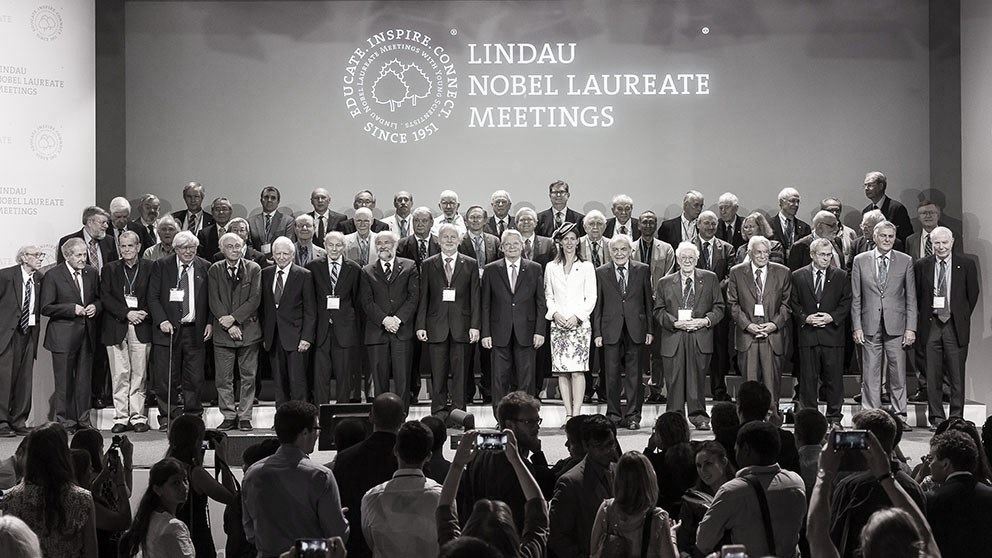How Sydney students fixed the focus on the James Webb Space Telescope
03/11/2025
A pair of Sydney PhD students helped sharpen the view of humanity’s most powerful space observatory – without leaving Earth. As an indelible reminder of this thrilling result, Louis Desdoigts,…
Read More
Dame Jocelyn Bell Burnell receives honorary doctorate
20/10/2025
The legendary astrophysicist who discovered pulsars in 1967 has been recognised for her outstanding contributions and advocacy. Dame Jocelyn Bell Burnell CH DBE FRS FRSE FInstP has been admitted to…
Read More
Congratulations to Peter for his Michelson Prize
20/08/2024
Congrats to Peter who was awarded the Michelson Prize for his theoretical work, instrumentation, science and student training in the field of interferometry. “Tuthill has contributed to theoretical work, instrumentation,…
Read More
Manisha’s discovery of an unusual radio transient in the media
20/08/2024
Manisha got some good media coverage for her discovery of an unusual radio transient; her Conversation article was the most-read Australian/NZ article of the week when it was published. See…
Read More
Book an Astronomer – Connecting to the Universe for Science Week 2024
09/04/2024
This year during Science Week the astronomers of the Sydney Institute for Astronomy have specifically set aside the time to bring our exciting science into the community. If your organisation…
Read More
SIfA PhD students attended the Lindau Nobel Laureate meeting
02/04/2024
Congratulations to SIfA PhD students – Simon Weng & Emily Kerrison – chosen as part of the group of ten ECRs to attend the Lindau Nobel Laureate meeting: Ms Emily Kerrison of…
Read More
News
Follow SIfA on Bluesky


